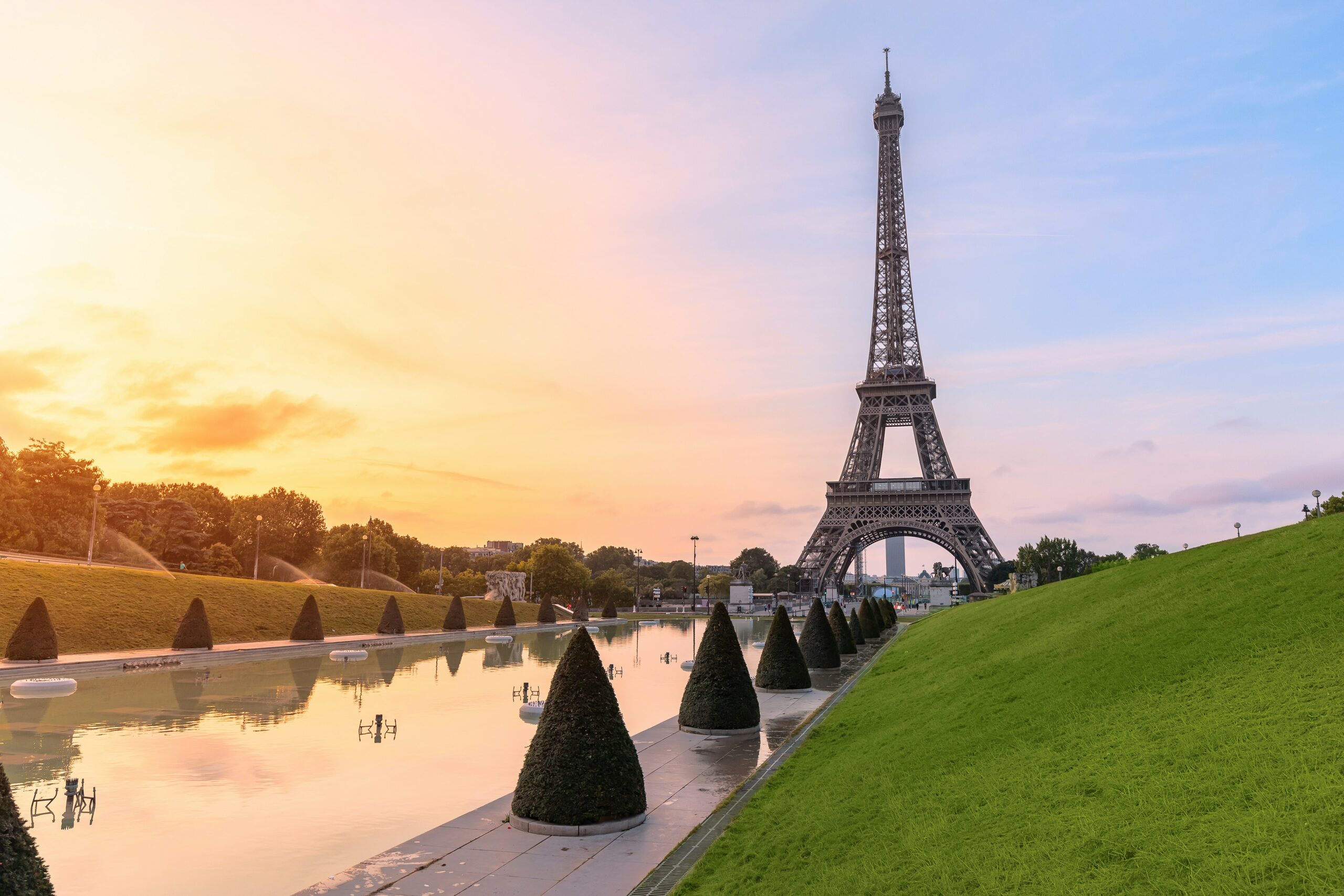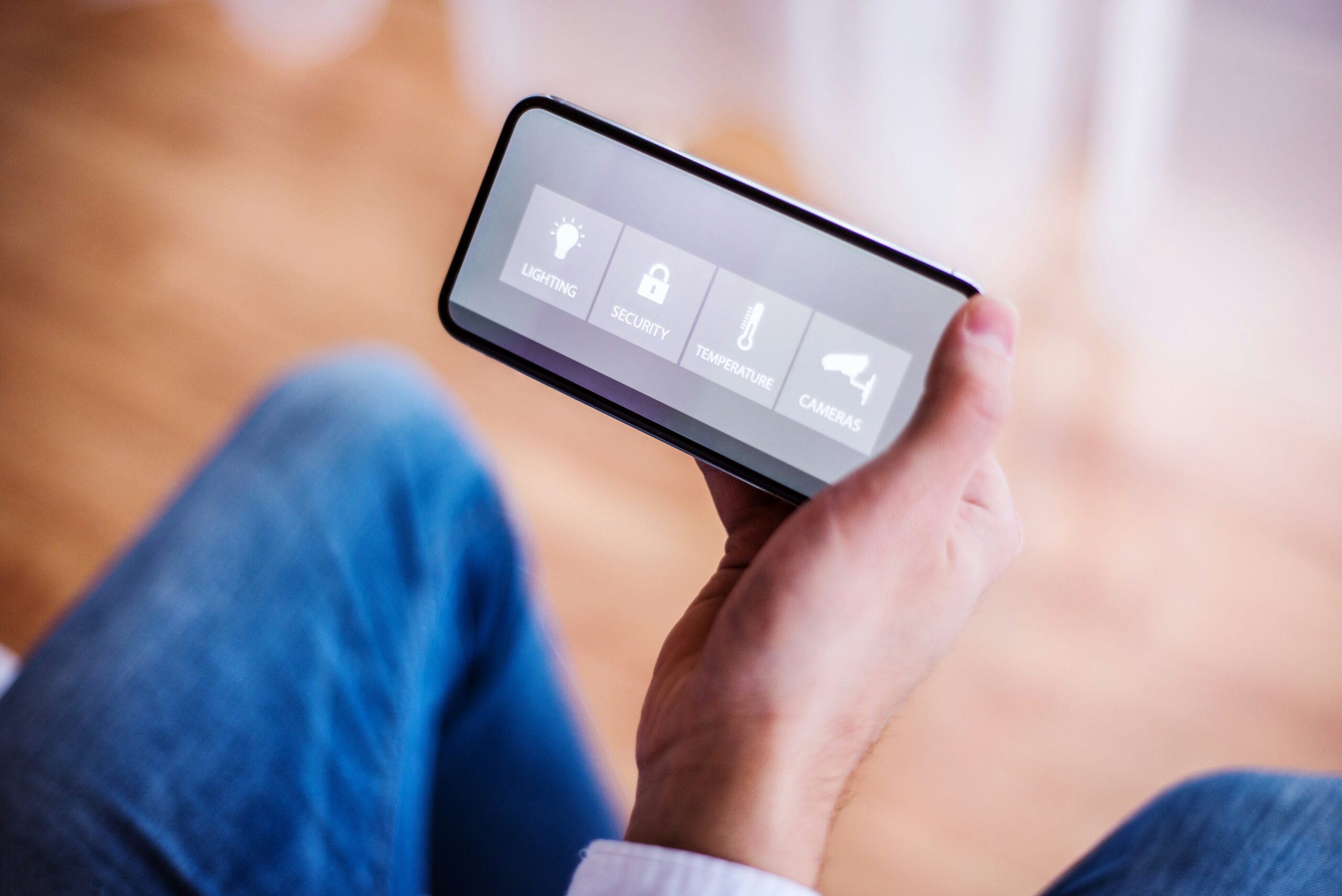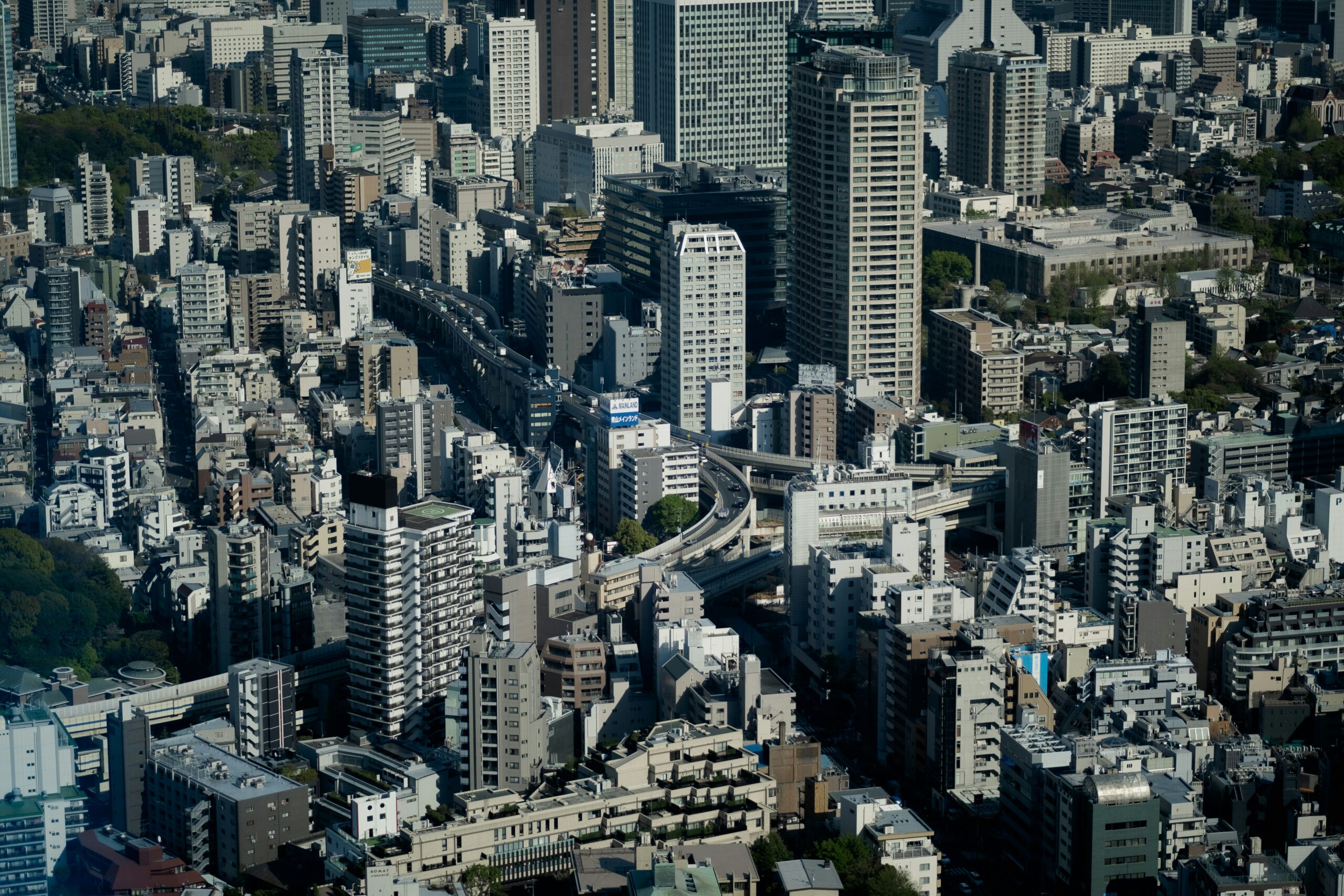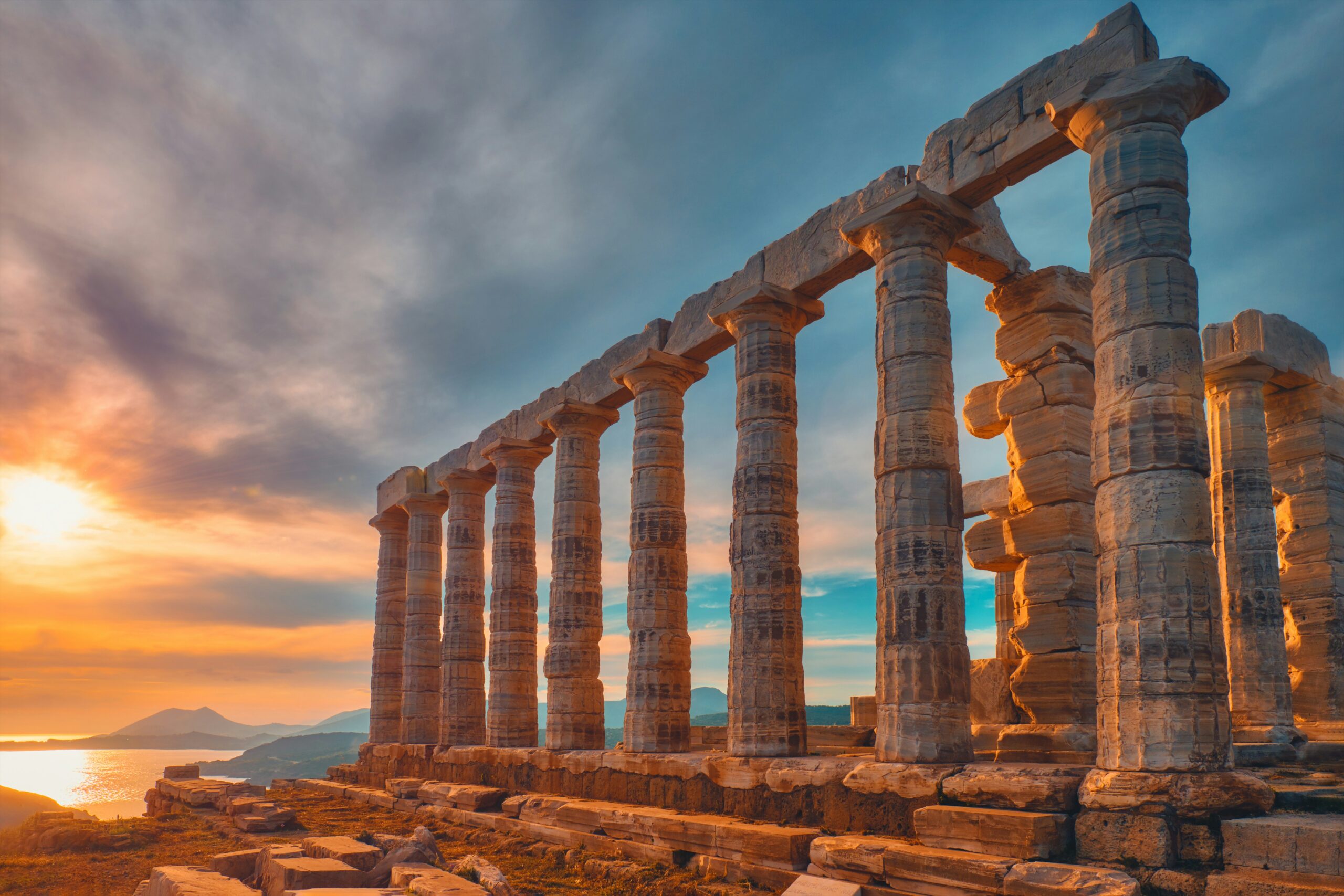The History of the Eiffel Tower
Conceived as a Temporary Structure
The Eiffel Tower was constructed as the centerpiece of the 1889 Exposition Universelle (World’s Fair) in Paris, designed to celebrate the 100th anniversary of the French Revolution. Interestingly, it was initially intended to be a temporary structure, slated for dismantling 20 years later. Gustave Eiffel, however, had different plans and lobbied for its preservation by emphasizing its potential as a radiotelegraph station.
The Controversy Surrounding Its Construction
Not everyone embraced the ambitious project. Critics, including prominent artists and intellectuals of the era, deemed it an eyesore. The “Protests by the Society of Artists” famously labeled it a “monstrous erection.” However, after its unveiling, opinions softened, and the Eiffel Tower became a source of national pride.
Available Facts in Numbers
| Aspect | Details |
|---|---|
| Height | 330 meters (1,083 feet) after recent additions |
| Construction Year | 1887–1889 |
| Total Weight | 10,100 tons |
| Iron Pieces Used | 18,038 |
| Visitors per Year | Over 6 million |
| Rivets Used | 2.5 million |
| Design Time | 2 years |
| Cost | ~7.8 million francs (at the time of construction) |
The Ingenious Design and Engineering Behind the Tower
Structural Innovations
Gustave Eiffel and his team designed the tower with precision and purpose. They utilized wrought iron, a strong yet lightweight material, allowing the structure to be both massive and flexible. Its airy lattice design reduces wind resistance, enabling the tower to sway slightly without compromising stability.
Pro Tip: The curvature of the tower’s uprights was mathematically calculated to ensure optimal wind resistance, a pioneering feat for its era!
A Symbol of Modern Engineering
The Tower was assembled using prefabricated iron pieces, where workers pieced together 18,038 components using over 2.5 million rivets. Today, it’s not just an architectural symbol, but also a testament to collaborative craftsmanship and meticulous planning.
Tips for Visiting and Appreciating the Eiffel Tower
- Plan Ahead: Book your tickets online to save time and ensure entrance to the summit.
- Go Early or Late: To avoid the crowds, visit early in the morning or late at night for a magical illuminated view.
- Climb the Stairs: For a unique experience, consider taking the stairs instead of the elevator for some exercise and incredible views!
- Explore Nearby Attractions: Pair your visit with a stroll along the Seine or a trip to the nearby Champ de Mars.
- Look for the Details: Take a moment to appreciate the engravings on the tower, which honor 72 French scientists and engineers.
FAQs About the Eiffel Tower
What was the purpose of the Eiffel Tower?
It was built as a temporary exhibit for the 1889 World’s Fair to celebrate the centennial of the French Revolution.
Why is the Eiffel Tower repainted regularly?
The Tower is repainted every seven years to protect the iron structure from rust and weather elements.
Is the Eiffel Tower eco-friendly?
Yes! Recent efforts have included LED lighting to reduce energy consumption and the addition of wind turbines to generate clean energy.
Final Thoughts
The Eiffel Tower isn’t just an architectural marvel; it’s a celebration of human ingenuity, determination, and creativity. Standing tall over Paris, it continues to inspire millions across the globe—whether you’re an architect, a dreamer, or simply a lover of great stories.
If you haven’t had the opportunity to visit, we encourage you to discover its charm in person. And if you’re looking to learn more or explore related architectural wonders, stay tuned for more insightful posts!




Leave a Reply